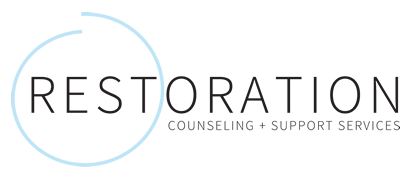Exercise has many health benefits. Those benefits include protecting against heart disease and diabetes, improving sleep, and lowering blood pressure. Studies show that low- to moderate-intensity exercise, such as yoga or walking, can be performed at night and may help individuals fall asleep faster.
Studies indicate that exercise can be an effective natural therapy for insomnia. There is still a lot more to learn about how exercise may help treat insomnia and other sleep disorders. Studies suggest that aerobic exercise may be particularly effective in helping reduce insomnia symptoms. Research also indicates that for people with insomnia, the benefits of exercise kick in over time, rather than immediately. A minimum of 30 minutes of moderate exercise daily is recommended to positively impact ones health. Moderate exercises such as walking, stretching, or jogging, can help you get to sleep faster and sleep longer.
Studies have demonstrated how critical fresh air is to your immune system & heart rate. Outdoor exercises have been found to reduce your risk of obesity and breathing problems. All of these benefits collectively create a complete recipe for a good night’s sleep. Research suggests that taking advantage of sunshine naturally increases serotonin, a hormone that affects your mood. And exercise itself produces endorphins, another feel-good hormone that boosts your mood and reduces pain.
Moderate routines may include:
- Jogging for 30 minutes, three days per week
- Walking briskly for 30 minutes, three to five days per week
- Weight training, one set of eight exercises, two days per week
Walking outdoors is a great cardiovascular workout, especially if you’re new to exercise. Here’s how to get started:
- Determine your distance and route, such as two laps around the track at your local park each Sunday.
- Increase your speed. Each week, time yourself and try to walk your lap faster than you did the week before.
- Increase your distance. Once you’ve bumped up your speed, add another lap to your routine to walk a longer distance.
- Add some intervals. If you’re looking for more intensity after a few weeks or if you’re short on time, add a few jogging intervals to burn more calories and increase your heart rate. Try jogging for one minute, then walking for two minutes. Repeat this cycle during your allotted workout time.
- Add some strength training moves. For example, after 20 minutes of walking, stop and do 20 squats.
Bodyweight exercises increases your strength and muscle tone, which helps protect your joints, ligaments and bones. Try this 20-minute circuit from Norvell:
- Warm-up: March in place or walk for three to five minutes.
- Dynamic stretching: This type of stretching uses movement to activate and warm up the muscles. Avoid holding or bouncing your stretches before the body is warmed up. “This is like pulling on a frozen rubber band — it’ll snap easily,” she says. Instead, try 20 knee hugs on each side or knee circles to lubricate your joints.
- Squats: Perform 20 squats. If you can’t do a full squat, try sitting down on a park bench, then standing up 20 times.
- Push-ups: Perform 10 to 12 pushups with your knees on or off the ground.
- Triceps dips: Using a park bench, do 10 to 12 dips to work the back of your arms.
- Front leg raises: Alternate lifting one leg straight in front of you to work your abdominal muscles without having to lie down on the ground. Do 10 to 12 raises on each side. Use a bench or tree for support if needed.
- Starting again with squats, repeat this sequence five more times or for a total of 20 minutes.
- Add a cool-down lap around the park or neighborhood.
- Gently stretch each muscle group.
“Outdoor exercise is so beneficial because it gives you a lot of variety, sunshine and stress relief, helping you feel great,” says Norvell..
###
References
Roth, Walton, et al. Fit & Well: Concepts and Labs in Physical Fitness and Wellness 5th Ed. Boston: McGraw-Hill College, 2002.
Division of Nutrition, Physical Activity, and Obesity (DNPAO)
The DNPAO physical activity website provides resources for state and local program planners, health professionals, and other community members to increase physical activity access through community design and programs in various settings.
American Academy of Sleep Medicine
American Sleep Apnea Association
American Thoracic Society
Piedmont Healthcare




